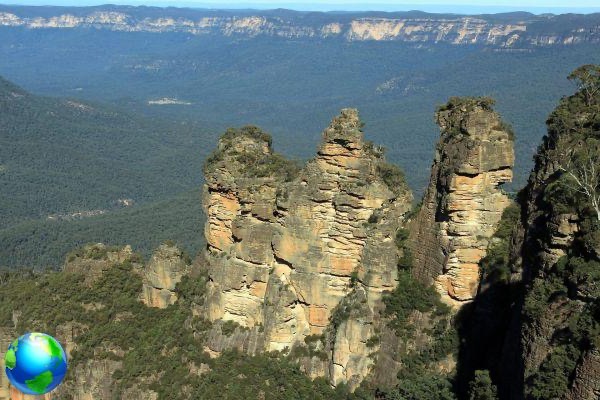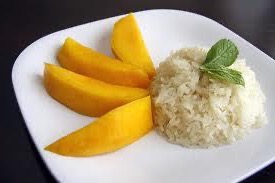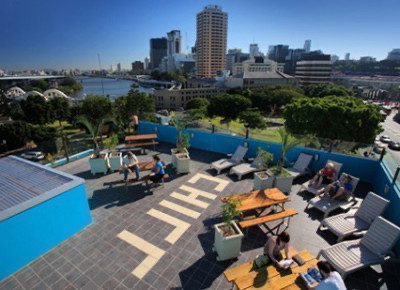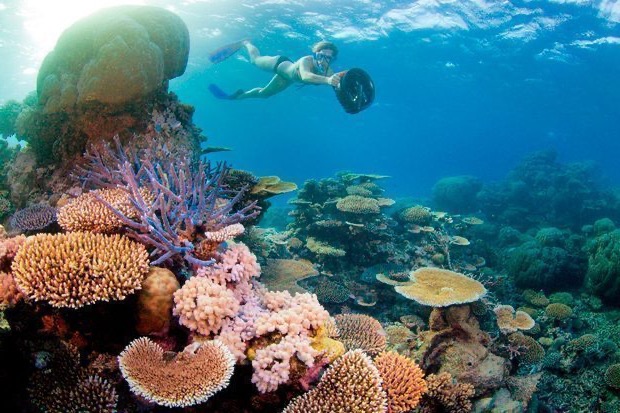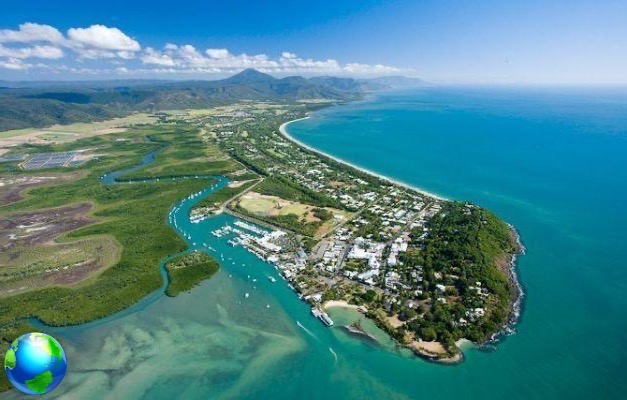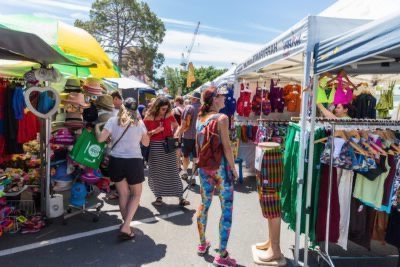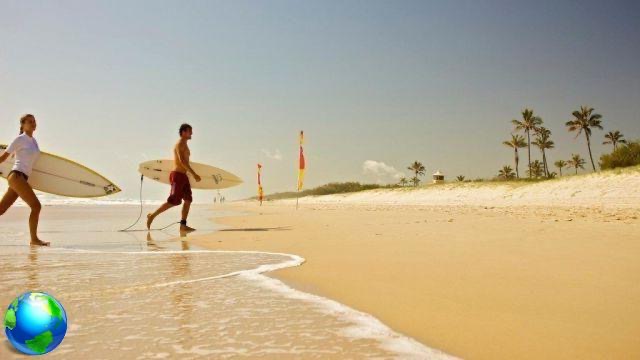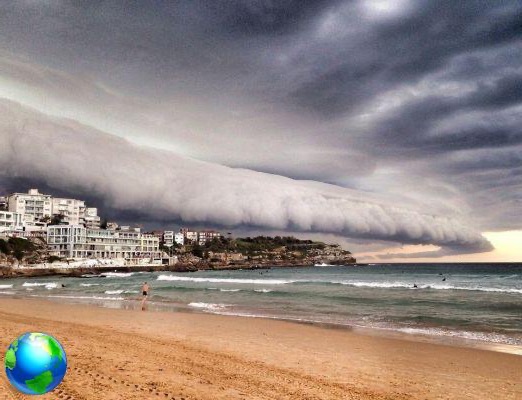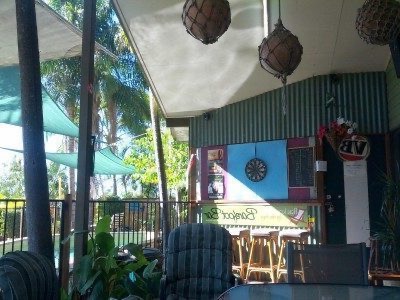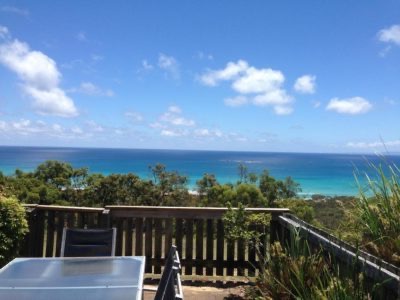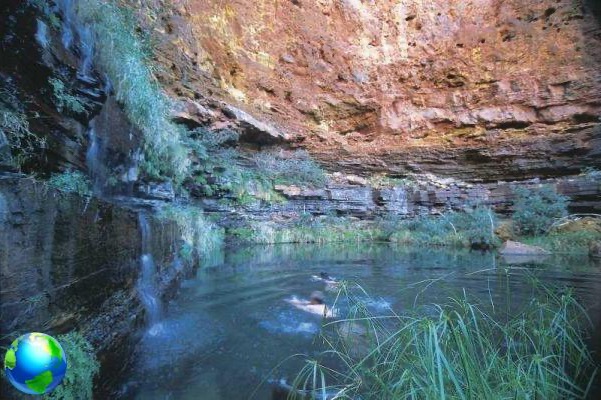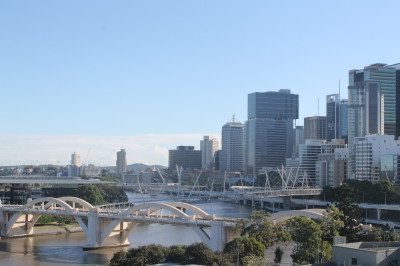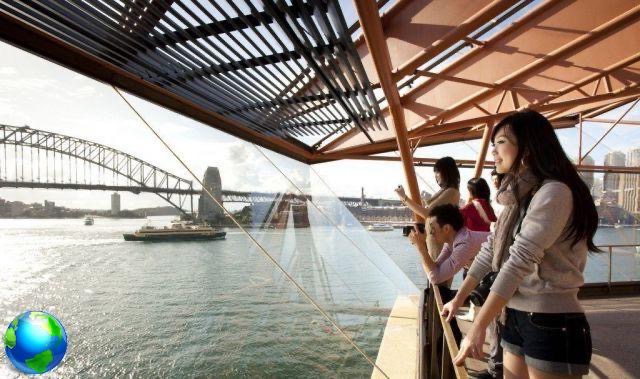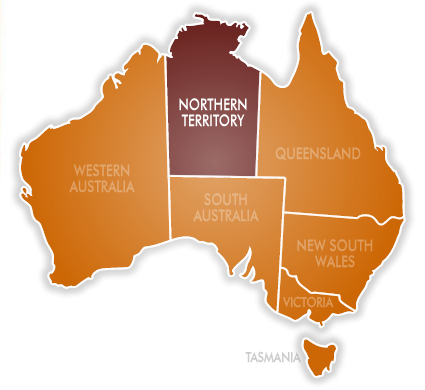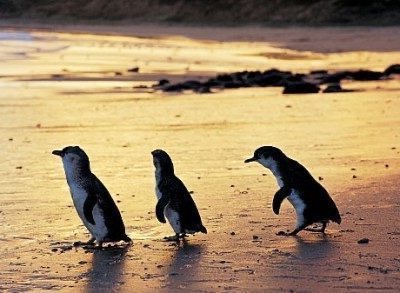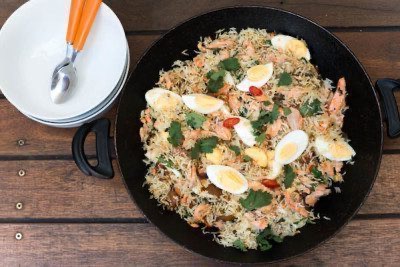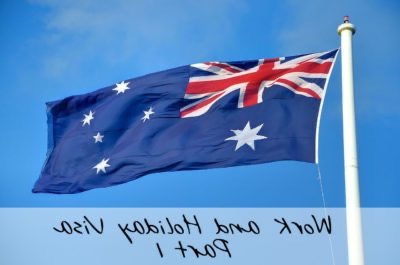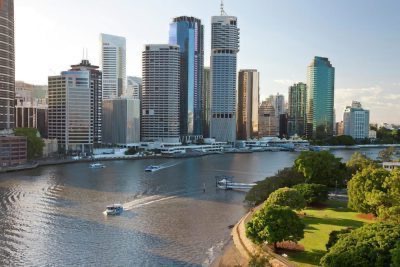What to see in Litchfield National Park, we are in Australia in the Northern Territories and this is all that is recommended to see and do in this location in Australia, the famous land of kangaroos, but not only.
For those who live in Darwin and dream of an outdoor trip without having to travel too far, the Litchfield National Park it represents the ideal destination for an "out of town" weekend. We always keep in mind that we are in Australia, precisely in the state of Northern Territory, and that the term "near home" is always very relative, in this case we can quantify it in 2 hours of travel by car.

In the early hours of the morning, numerous tours lasting one or two days depart from Darwin each day, making numerous stops at many places of interest in the area. They are not exactly low-cost, like almost everything in Australia, but if you have little time and some money available you I recommend using them. Apart from the wonder of the landscapes, what struck me most and in some ways fascinated by this place is the result of direct contact with the locals and with the guides who live, with extreme naturalness, situations that are surreal for me.
For example, one of the reasons why the park attracts so many visitors every year is that there are so many waterfalls and natural pools. Discounted, you will think. But no, because in the Darwin area, as in the rest of the state, i crocodiles have now become a serious problem, so much so that it is absolutely forbidden to approach the shoreline, and even the natural pools can only be used at certain times of the year, when there are no floods, and after a thorough inspection by the area's rengers .

Brackets crocodiles
Before continuing with the "where" and "what", I would like to insert a brief digression on crocodiles. After all, it is not that we see so many of them here and I think that some info on these animals can intrigue you as much as it intrigued me. I am not a biologist, nor an expert on the subject, the following is the result of chatter exchanged with tourist guides and locals. So take these notions with a grain of salt.
Let's start with the basics. There are two types of crocodiles in the territory, those of fresh water and those of salt water. Both can be found in the ocean, rivers, or rock pools, although the name may suggest otherwise. The difference between the two species lies in the fact that the saltwater crocodile, in addition to being enormously larger, represents a serious threat to humans and fatal accidents unfortunately, they occur quite often. As I mentioned above, beaches and rivers are lined with "danger”Which prohibit entry into the water. Paraphrasing a nice local gentleman, the shark often attacks the man "by mistake", the crocodile instead attacks him because he is hungry. A simple notion that explains the importance of carefully staying away from areas where bathing is prohibited, using artificial and natural pools available instead.

Many tour companies organize boat trips on the river Adelaide, the most infested in the world by crocodiles; I highly recommend it. The tours last about an hour and, apart from the crocodiles, the landscapes and fauna of the place are very special. The highlight of the tour, however, is the crocodile jump. The guide lures him with meat hanging from a line, and with it invites him to jump out of the water. The crocodile emerges from the water for about ¾ of the body to grab the bait; I'm not even describing the emotion one feels in finding one so close and with its jaws open.

Returning to Litchfield
I think I gave you an idea of why this park is so popular, especially in the sultry summer days. natural pools are really special, very different from those of Karijini National Park I had already told you about. Florence Falls e Wangi Falls they are certainly among the most renowned, but the Buley Rockhole is without a doubt my favorite inside the park. It is a series of waterfalls that connect various pools of water. Some of these are very deep so that you can also dive from very high rocks. Furthermore, the watercourse continues, without danger of crocodiles, for several hundred meters, so it is easy to find a quieter area to enjoy a nice bath in peace. A few minutes from here, moreover, an area has been used as a camping area, ideal for those traveling by camper or with a tent. The price is 10AUD per night per person.

Another feature of the park are the huge ones mountains of termites scattered almost everywhere and more than five meters high. Also in this case I advise you to rely on a guide or do a quick google search to learn more about these insects. Without opening a “termite” parenthesis, you will be struck by the perfect architecture of these buildings of mud and blades of grass.
Little curiosity! One lives in the park ant species with the rear end of the body green / yellow. If you like, avoiding harming the insect, try to take one and place it (on the "butt" side) on the tip of the tongue: you will feel an intense lemon flavor.




